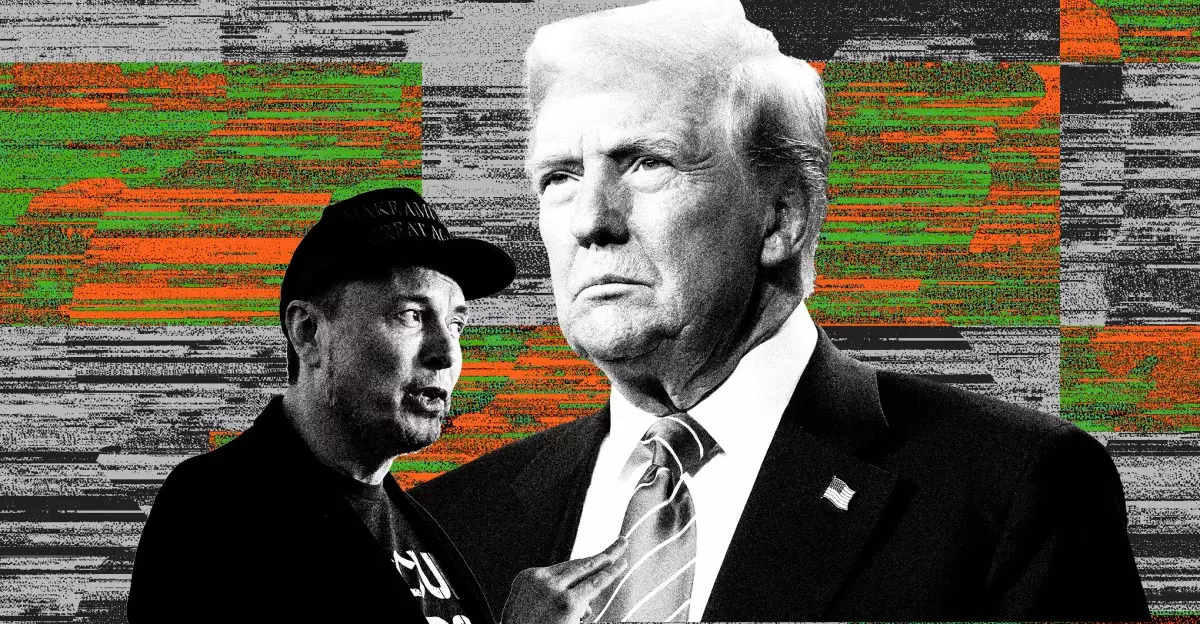The dynamic landscape of social media has increasingly become a battleground for freedom of speech versus platform enforcement policies, with former President Donald Trump’s legal skirmishes at the forefront. Central to this ongoing saga is Trump’s suspension from various social media platforms, notably Elon Musk’s X (formerly Twitter), which has ignited debates about accountability, censorship, and the power wielded by private corporations in moderating public discourse. The January 6th insurrection served as a critical turning point, leading to the suspension of numerous accounts, including that of Trump himself. The aftermath has been marked by significant legal challenges aimed at social networks, stemming from Trump’s assertion that the bans were unconstitutional.
The Settlement and Its Implications
Recent reports indicate that X has reached a settlement with Trump, agreeing to pay him an estimated $10 million. This decision appears to reflect a broader trend within tech companies grappling with reputational risks and legal liabilities arising from their content moderation policies. Trump initially filed lawsuits not just against X but also against Facebook and Google, claiming that their enforcement actions violated his rights. The settlement with X, while substantial, represents only one facet of a larger legal landscape where Trump seeks to reestablish his online presence and influence.
These settlements can be viewed through multiple lenses: an acknowledgment of the controversies surrounding content moderation, as well as a clear indicator of the potential costs associated with platform decisions that may infringe upon users’ rights. Notably, this particular settlement follows Meta’s decision to pay $25 million to resolve similar issues, further highlighting the financial stakes involved in these high-profile cases.
The court system’s response to Trump’s lawsuits has been mixed. A judge dismissed the initial case against Twitter in 2022, rebuffing claims that social media companies should be treated as state actors or that the protections of Section 230 — the law that shields platforms from liability for user-generated content — are inapplicable in his case. While Trump pushes forward, particularly against Google, it remains to be seen whether any ruling will provide him with a clear path to reinstate his account across these platforms.
Such judgements underscore the complex interplay of law and technology. They raise critical questions about the bounds of free expression in digital spheres. In analyzing these legal disputes, we must consider not only the implications for Trump but also the precedent they may set for other public figures and even average users who might find themselves ensnared in similar dilemmas.
Musk’s ownership of X adds another layer to these legal conflicts, as he possesses a unique position that intertwines corporate governance with significant political influence. His decisions to support Trump’s cause following the settlement could be seen as aligning his platform with a particular ideology, further complicating the perception of neutrality in social media spaces. As Musk continues to navigate these turbulent waters, one wonders how this will affect users’ trust in the platform’s ability to manage content fairly and responsibly.
Ultimately, the outcomes of these lawsuits evoke essential dialogues about the role of social media in political discourse and the responsibilities that come alongside that power. With the intersectionality of technology, law, and politics, the unfolding of this saga will be closely watched, serving as a litmus test for how social platforms adapt to the increasing demands for accountability in an ever-evolving digital landscape.

